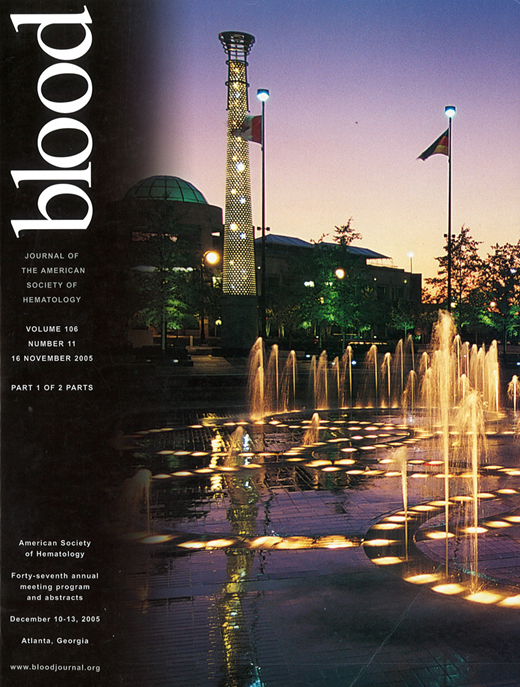Abstract
Optimal therapy for patients (pt) with B-cell RIL remains controversial, and many treatment options include rituximab (R). Based on phase I–II studies of FND (fludarabine 25 mg/m2, d1–3; mitoxantrone 10 mg/m2, d1; dexamethasone 20 mg d1–5) treatment for RIL in which we observed a 48% CR rate, we studied the combination of R (375 mg/m2 d1) and FND for pt with RIL. Pt could not have received prior fludarabine, and were eligible if they had not previoiusly received R or had a response lasting at least 6 months (mo) to prior treament with R. Cycles were repeated every 4 weeks, and required an absolute neutrophil count of 1,000 and a platelet count of 100,000 to administer each cycle. Forty-two pt were entered onto this trial; however, one never received therapy after signing consent, and two were deemed ineligible after signing consent because of low cardiac ejection fractions (EF). All pt underwent biopsy prior to therapy; histologies included follicular gr1–3 in 30 pt, small lymphocytic in 7, marginal zone in 2. The median age was 58 (range 39–84) and median prior therapies 1 (range 1–3). The median number of cycles of R-FND delivered per patient was 6 (range 1–8). Of the 39 eligible and evaluable pt, 19 entered CR and 9 CRu for a CR/CRu rate of 72%, and 9 entered PR (23%) for an overall response rate of 95%. One had stable disease (SD), and one progression (PD). Eight underwent high dose therapy followed by autologous stem cell transplant (SCT) following a response to R-FND therapy. Five of these had achieved CR/CRu with R-FND after 1–6 cycles, and 3 PR after 2–6 cycles. In all, 14 of the 37 responders to R-FND (37%) have had progression; however, none of the 8 who underwent SCT has had progression, nor has the one with SD. In, 24 (62%) still remain free of progression with a median follow-up for living pt of 32 mo. In all, 6 pt have died of PD, including 4 who were ineligible for or refused SCT. The 2-year failure-free survival (FFS) and overall survival (OS) results for all pt are 66% and 90%. The 2-year FFS for responders is 66%, and the 2-year OS for all pt, with pt undergoing SCT censored at time of SCT is 81%. As expected, the main toxicity following R-FND was hematologic: gr 4 neutropenia occurred in 15 pt and in 15 of 130 cycles for which information is available, and gr 3–4 thrombocytopenia in 5 pt and in 6 cycles. In all, 13 of the 28 responders received less than 6 cycles of therapy; reasons included prolonged thrombocytopenia in 4, early SCT in 6, asymptomatic decrease in EF in one, and physician’s choice in 2. No patients died of acute toxicity while receiving R-FND. We conclude that 1) R-FND is a very active and well tolerated regimen for relapsed indolent lymphomas 2) Results appear very favorable compared to prior studies with FND 3) In this population, patients receiving R-FND were able to undergo SCT, and had very favorable outcomes.
Author notes
Corresponding author

